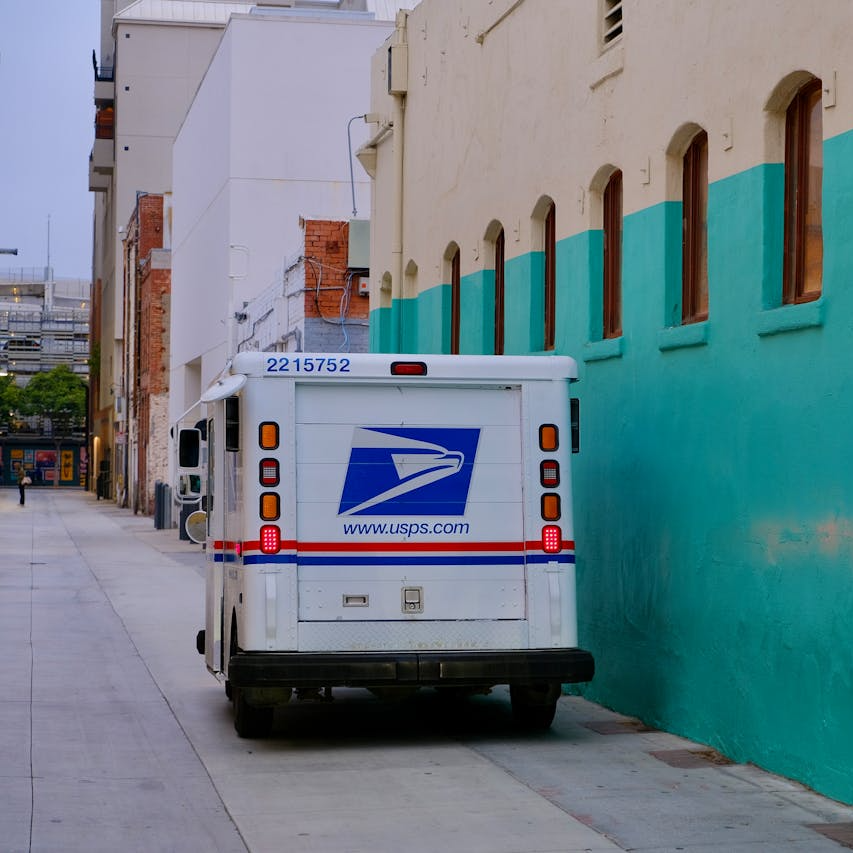Key Takeaways:
- Retiring from the Postal Service in 2025 will require transitioning to the new Postal Service Health Benefits (PSHB) program, which replaces the Federal Employees Health Benefits (FEHB) for postal workers.
- Understanding the PSHB enrollment process and how it integrates with Medicare is essential for ensuring continuous health coverage after retirement.
What Happens to Your Health Benefits When You Retire from the Postal Service in 2025?
As retirement from the United States Postal Service (USPS) approaches, understanding how your health benefits will be affected is crucial. In 2025, a significant change will take place as the Postal Service Health Benefits (PSHB) program comes into effect, replacing the Federal Employees Health Benefits (FEHB) program for postal workers. This article will guide you through the changes, what to expect, and how to navigate the transition to ensure that your health coverage remains uninterrupted.
Transition to the Postal Service Health Benefits (PSHB) Program
Starting in January 2025, the USPS will implement the Postal Service Health Benefits (PSHB) program, a new health insurance program specifically designed for postal workers and retirees. This change stems from the Postal Service Reform Act of 2022, which mandated that USPS employees and retirees move from the FEHB program to the PSHB program.
Key Features of the PSHB Program
The PSHB program mirrors the FEHB in many ways but is tailored specifically for postal employees and retirees. Here are some key features:
-
Exclusive Enrollment: The PSHB program will be exclusive to USPS employees, retirees, and their eligible family members. This means that you will no longer be covered under the broader FEHB program but will have access to health plans specifically designed for the USPS population.
-
Medicare Integration Requirement: A significant aspect of the PSHB program is the mandatory enrollment in Medicare Parts A and B for retirees who are 65 and older. If you are eligible for Medicare, you must enroll in both Parts A and B to retain your PSHB coverage. This integration aims to reduce costs and provide comprehensive coverage through the combination of Medicare and PSHB plans.
-
Plan Offerings: While the PSHB program will offer plans similar to those in the FEHB program, there may be differences in premiums, coverage options, and provider networks. It’s important to carefully review the available plans during the open enrollment period to choose the one that best meets your needs.
Impact on Current and Future Retirees
If you are retiring from the USPS in 2025 or later, you will automatically be transitioned to the PSHB program. For those already retired, there will be a special enrollment period where you can choose your PSHB plan. It’s crucial to be aware of this transition period to avoid any lapses in coverage.
What Happens to FEHB Coverage When You Retire?
One of the most significant changes with the shift to the PSHB program is that your health coverage will no longer be under the FEHB program. Instead, all postal workers and retirees will be covered under the PSHB program. Here’s what this means for your retirement health benefits:
Continuation of Health Benefits
If you retire from the USPS in 2025, you will not lose your health benefits. Instead, your coverage will continue seamlessly under the PSHB program, provided you take the necessary steps to enroll in a PSHB plan and, if applicable, Medicare. The process will be designed to ensure there is no gap in coverage as you transition from active employment to retirement.
Enrollment Process
The enrollment process for the PSHB program will be similar to that of the FEHB. During the open enrollment period, which typically occurs in the fall, you will have the opportunity to select a health plan from the options available under the PSHB. If you are already retired, you will need to actively choose a plan during the special enrollment period designated for the PSHB transition.
Premiums and Costs
One of the potential changes with the PSHB program is the structure of premiums and out-of-pocket costs. Because the PSHB program will have a separate risk pool from the FEHB, the cost of premiums may differ. It’s essential to review the plan details carefully to understand your financial responsibilities under the PSHB program.
Understanding Medicare Integration with PSHB
A critical component of the PSHB program is its integration with Medicare. Here’s what you need to know about how Medicare works with the PSHB program:
Mandatory Medicare Enrollment
For USPS retirees who are 65 or older, enrollment in Medicare Parts A and B is required to maintain your PSHB coverage. Medicare will become your primary insurance, and your PSHB plan will serve as secondary coverage, helping to cover costs that Medicare does not, such as copayments, deductibles, and certain services not covered by Medicare.
How PSHB Complements Medicare
Once you enroll in Medicare, your PSHB plan will coordinate benefits with Medicare to provide comprehensive coverage. This means that Medicare will pay first for covered services, and your PSHB plan will pay secondary, reducing your out-of-pocket costs. For many retirees, this combination of Medicare and PSHB can offer robust health coverage, potentially lowering your overall healthcare expenses.
Cost Implications
While Medicare Part A is typically premium-free, Part B requires a monthly premium. As a USPS retiree, you will need to budget for this additional cost. However, because the PSHB program is designed to work with Medicare, you may find that your total healthcare costs, including premiums and out-of-pocket expenses, are more manageable with this integrated coverage.
Navigating the PSHB Enrollment Process
To ensure a smooth transition to the PSHB program, it’s important to be proactive about your health benefits. Here are some steps to take as you approach retirement:
-
Review Your Medicare Eligibility: If you are approaching age 65, review your eligibility for Medicare and plan to enroll in Parts A and B. If you are already 65 or older, make sure your Medicare enrollment is up to date.
-
Stay Informed About PSHB Options: Keep an eye on communications from the USPS and the Office of Personnel Management (OPM) regarding the PSHB program. They will provide details about the plans available, the enrollment process, and key deadlines.
-
Compare PSHB Plans: During the open enrollment period, carefully compare the PSHB plans available to you. Consider factors such as premiums, coverage options, provider networks, and how each plan coordinates with Medicare.
-
Seek Assistance If Needed: If you have questions or need help navigating the transition to the PSHB program, consider reaching out to a licensed insurance agent who can provide guidance tailored to your specific situation.
Staying Ahead of Health Benefit Changes
As you prepare for retirement from the USPS, staying informed and proactive about your health benefits is crucial. The shift to the PSHB program represents a significant change, but with careful planning and understanding, you can ensure that your health coverage remains uninterrupted and continues to meet your needs.
The transition to the PSHB program in 2025 marks a new chapter in how USPS retirees manage their health benefits. By understanding the requirements, especially regarding Medicare integration, and taking the necessary steps to enroll in the right plan, you can enjoy a secure and comprehensive health coverage during your retirement years.
Contact Information:
Email: [email protected]
Phone: 9045552345












